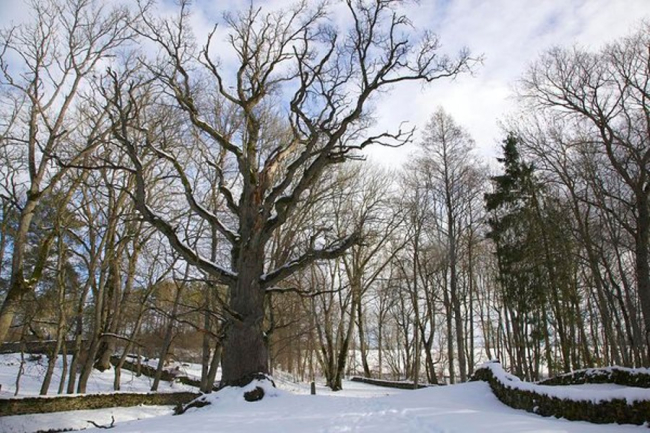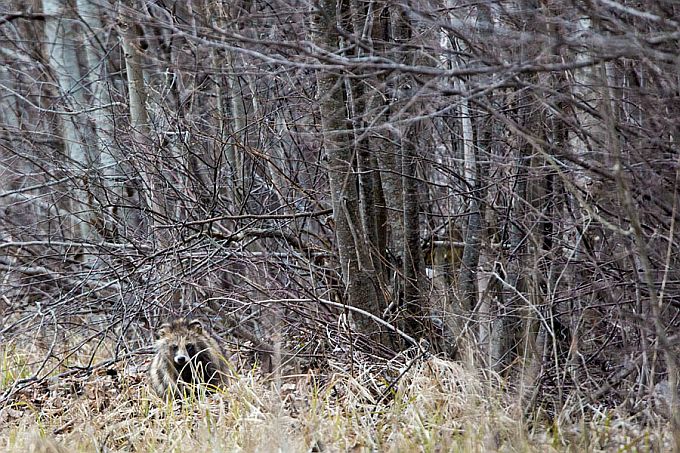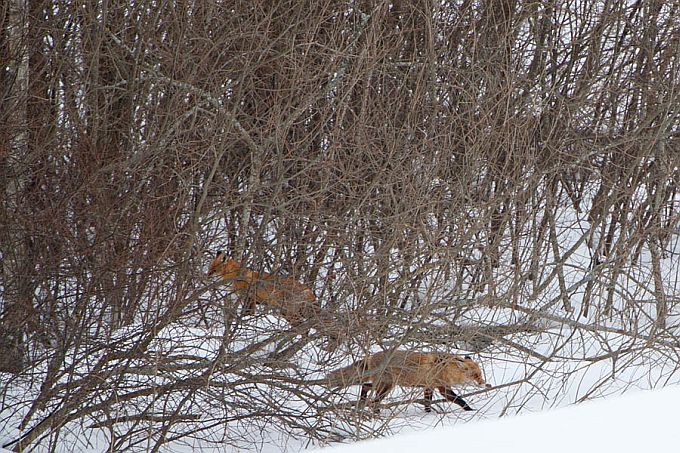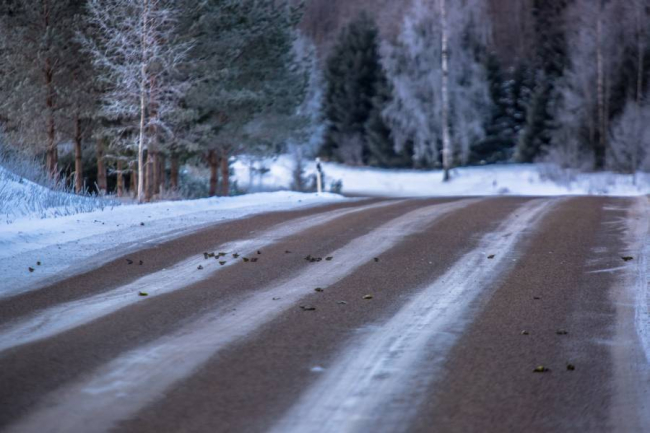VIDEOS: About the winter life of elks
Videos recorded by Ahto Täpsi and Kalle Pihelgas
Translation Liis
A group trotting away after noticing humans. In the video we see that the younger elk bull still has its antlers, usually male elks are ”bareheaded” by February.
Elk, European elk; Moose (US) Euroopa põder or põder Alces alces
What animals did our forebears hunt? Bone findings from nine thousand years ago confirm that both elk and beaver meat was used for food.
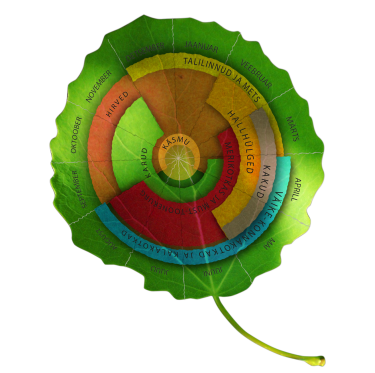 Latest news
Latest news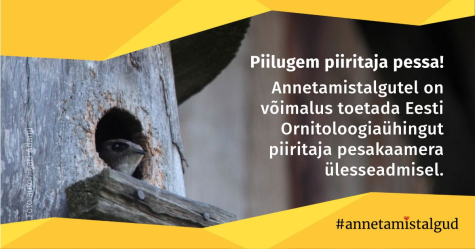
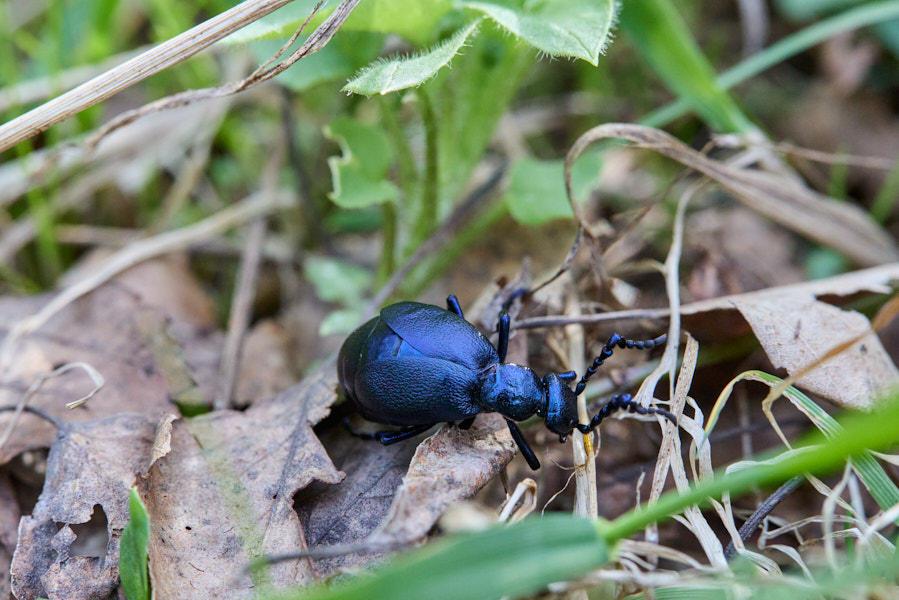 Loodusemees.ee - the day in pictures
Loodusemees.ee - the day in pictures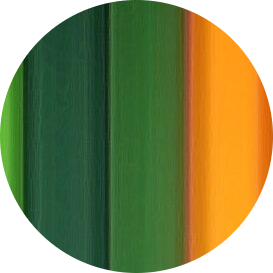 Videos
Videos
 My Forest
My Forest